The Evolution of Social Work: Historical Milestones
Explore the history of social work through this interactive slideshow documenting some of the greatest milestones in the social services profession.

Roots of Modern Social Work
Image Source: Boston Public Library on Flickr
To compensate for ineffective government response to growing social problems, benevolent societies and self-help organizations took to addressing the consequences of urbanization, poverty, and immigration. Founded in 1843 and 1853 respectively, two such organizations were the Association for the Improvement of the Condition of the Poor and the Children’s Aid Society. They focused on addressing social issues such as child welfare and tenement housing.
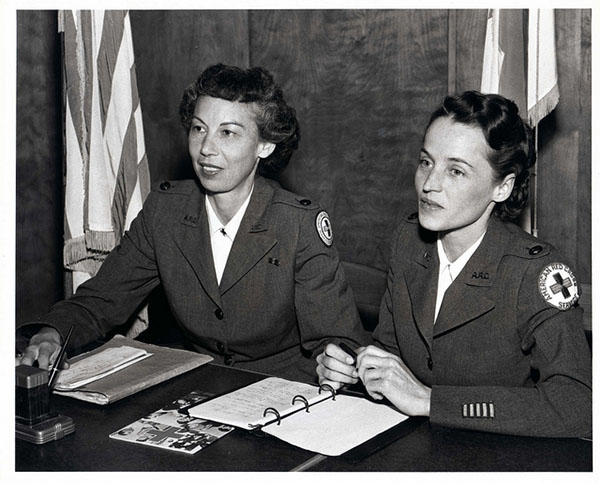
The Civil War Spurs Action
Image Source: Flickr Creative Commons
Based on the need created by the upheaval of the Civil War (1861-1865), major social welfare initiatives, such as the U.S. Sanitary Commission and the American Red Cross, emerged. Charity boards were created as a means to improve the management of social institutions. The first federal social welfare program, referred to as the Freedmen’s Bureau, began in 1865 as a means to help newly emancipated slaves. The program was short-lived; however, as a lack of funds and political pressure prevented it from carrying out its mission. Congress shut down the Freedmen’s Bureau in 1872.
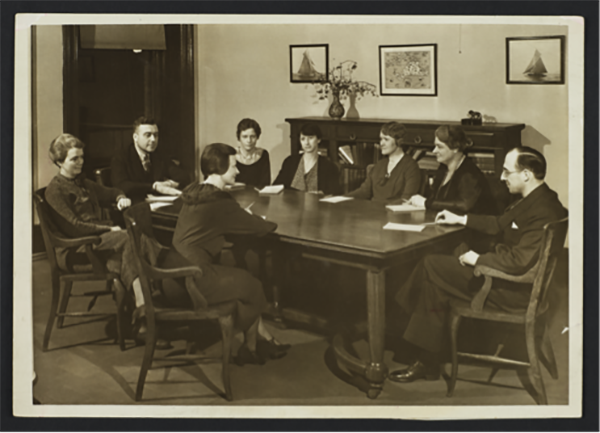
The Use of Scientific Charity
Image Source: Columbia University
In 1877, the first American Charity Organization Society attempted to respond to the social consequences of industrialization, with “scientific charity.” Using concepts from the business field, reformers attempted to regulate public relief distribution to minority immigrant communities who were a rapidly growing part of the labor force. However, most of the scientific charity relief efforts were not effective in part because many recipients preferred mutual aid established by their own communities.
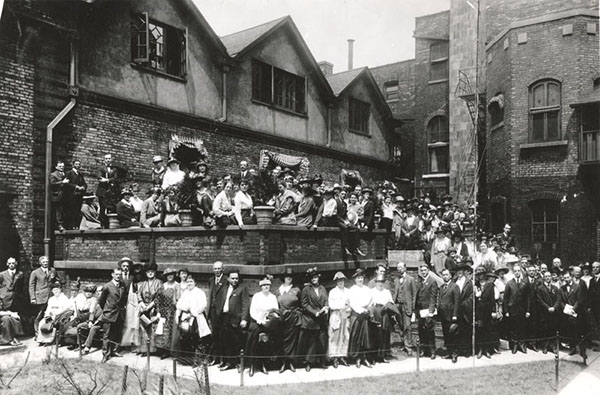
The Rise of Settlement Houses
Image source: The University of Illinois at Chicago
Settlement houses were created in response to some of the societal changes caused by industrial expansion. Settlement houses are neighborhood-based organizations that provide services specific to the needs of their neighborhoods — much like a community center. This new type of social service agency focused on correcting the environmental causes of poverty. Their activities included conducting research, establishing a juvenile court system, creating widows pension programs, promoting legislation, prohibiting child labor, and introducing public health reforms and the concept of social insurance. The first U.S. settlement, the Neighborhood Guild, began in New York City in 1886.
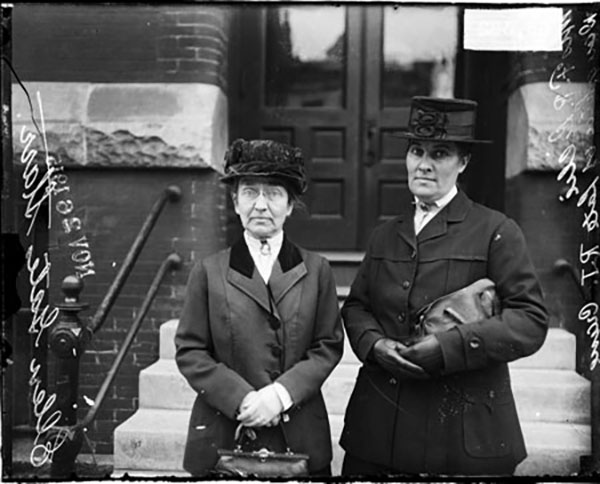
Hull House: An American Institution
Image Source: Chicago History Museum
In 1889, Jane Addams and Ellen Gates Starr created The Hull House, the most famous American settlement house. Located in the midst of a culturally diverse neighborhood in Chicago, the Hull House welcomed anyone in need of assistance. The residents of Hull House offered public education programs to everyone in the community along with social services such as a public kitchen, access to public baths, and a nursery.
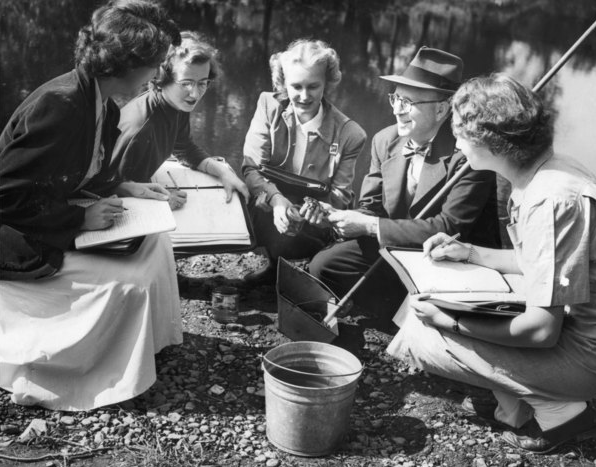
Early Social Work Education Programs Are Born
Image Source: Simmons College
In the late 19th century, full programs dedicated social work education began to take shape. Among them, Columbia University partnered with The New York College of Science to develop and offer the first social work class. In 1904, Simmons College in Boston collaborated with Harvard University to establish the Boston School for Social Workers. Simmons was the first college to provide training for clinical social workers. By 1908, a full curriculum social work program was offered through the Chicago School of Civics and Philanthropy, which is now known as the University of Chicago School of Social Service Administration.
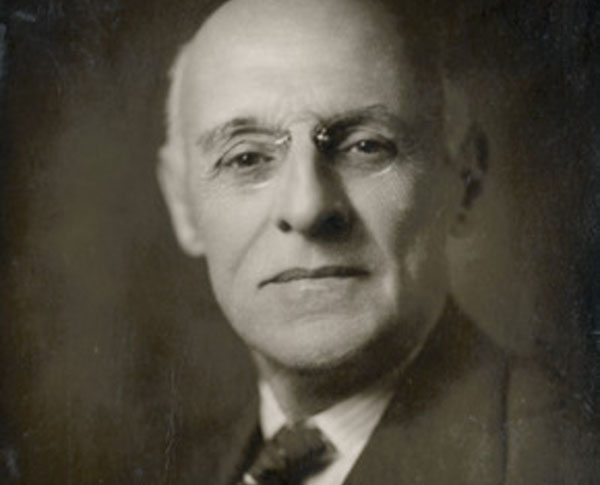
A High Profile Stumbling Block
Image Source: The Institute for Advanced Study
Despite increased training opportunities for social workers, there remained a lot of uncertainty about the future of the profession. In 1915, at the National Conference of Charities and Corrections, Dr. Abraham Flexner asserted that social work couldn’t be considered a true profession in his “Is Social Work a Profession?” presentation due to it’s lack of specificity, specialized skills, and knowledge.

Social Work Education Programs Take Hold
Image Source: Intro to Creative Writing
Formal social work training programs spread through major urban areas in the early 20th century. By 1919, there were 17 schools of social work affiliated with the Association of Training Schools of Professional Social Work before it became the Council on Social Work Education.

World War I Requires Expertise
Image Source: Crowd Funding Guide (site no longer exists)
The Red Cross and the Army requested social workers to apply casework skills to treat soldiers for “shell shock” in World War I (1914-1928). This marked the first time social workers were called upon to treat social issues that weren’t limited to poverty.

The Field Takes a Leap Forward
Image Source: United Way
In the early 19th century, social workers began to work in conjunction with psychiatrists and psychologists. These cooperative efforts helped to spark legitimization of the field, and by 1927 more than 100 child guidance clinics were opened to provide services primarily to middle-class clients. In addition to these clinics, the Community Chest movement began in 1913. A precursor of the United Way and its health and welfare councils, Community Chest organizations raised money from businesses to fund community projects.
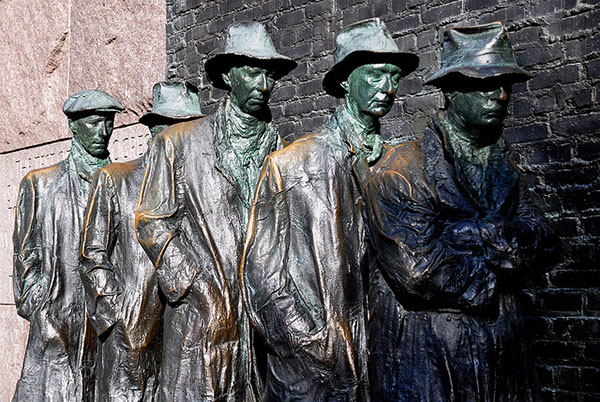
Government Responds to the Great Depression
Image Source: Kevin Burkett on Flickr
The stock market crash in October 1929 signaled the start of a depression that would last for a decade. The Great Depression (1929-1939) created a shift in the belief that social welfare was a government responsibility versus a private charitable responsibility. Economic decline highlighted the insufficiency of local and state public relief agencies and ultimately, it revolutionized the role the federal government played in social welfare efforts.
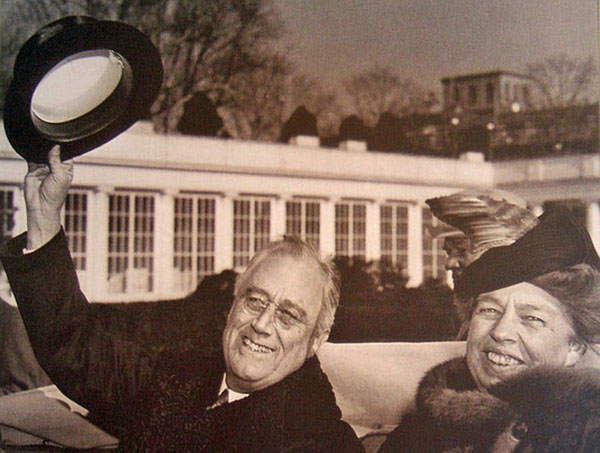
The New Deal Expands Assistance
Image Source: Athena International Recruitment
Government programs began evolving under the Roosevelt administration. The New Deal (1933-1936) led to dozens of social welfare acts including the Social Security Act of 1935. Social welfare programs expanded to include housing, recreation, cultural activities, social insurance, and child welfare programs.
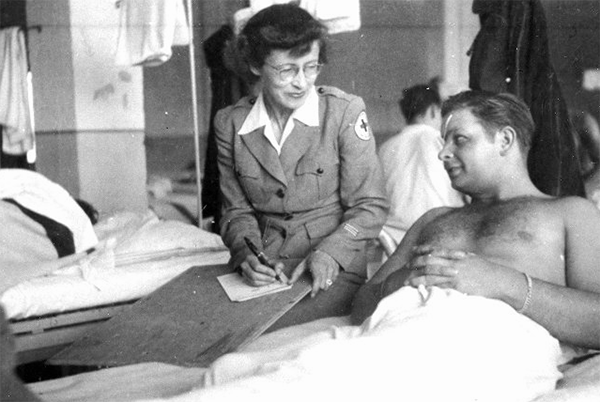
WWII Requires Military Social Workers
Image Source: University of Cincinnati
Many social workers were given war-related assignments during World War II (1939-1945) to develop services for communities impacted by the war. Social workers on these assignments helped soldiers and their families cope with injuries and other medical problems. A special classification for military social workers was developed from this work.
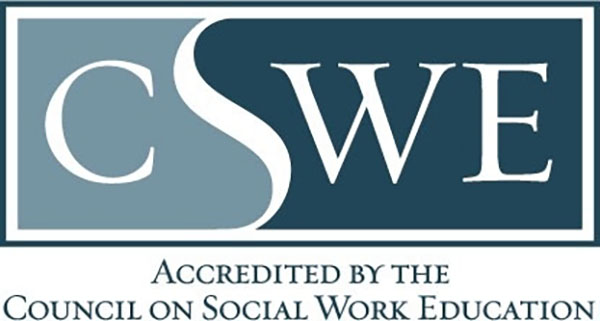
Consolidation Improves Professional Outlook
Image Source: Council on Social Work Education
Following the end of World War II, efforts were made to enhance the professional status of social work. The Council on Social Work Education was formed in 1952. The National Association of Social Workers was created in 1955 to further the professional status of social work. Various social work groups and organizations that had already been established throughout the country consolidated to form this new association. Simmons School of Social Work alumnus Dr. Helen Rehr was one of the NASW’s National Center for Social Policy and Practice’s founding members and served as its first treasurer.
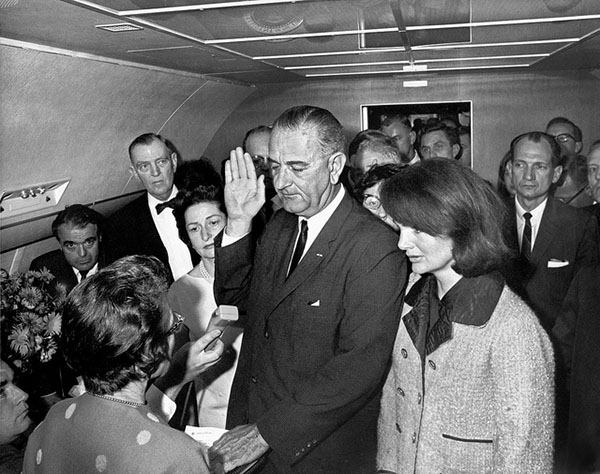
Waging the ‘War on Poverty’
Image source: James Vaughan on Flickr
President Johnson announced a launch of an “unconditional war on poverty” in January 1964. With this declaration, the recognition of poverty as a social problem took hold. As a result of the attention, government programs aimed at social advancement were established: Economic Opportunity Act, Office of Economic Opportunity, Medicare, Medicaid, Department of Housing and Urban Development, Older American Act, and the Food Stamps program to name a few.
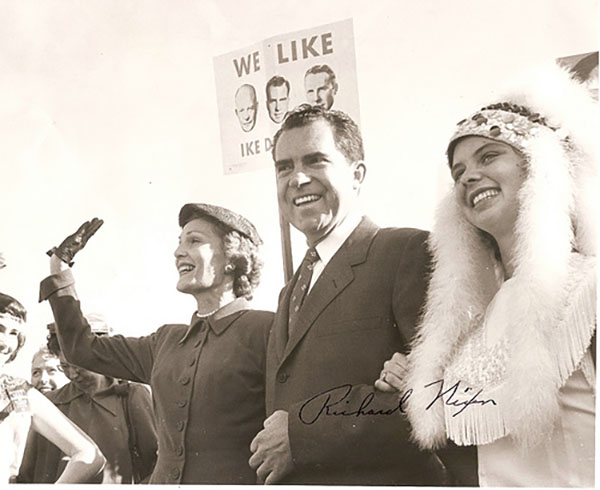
The Federal Government Shifts Course
Image Source: Flickr Creative Commons
In the 1970s, a belief that the influx of social programs in the U.S. had created social unrest took hold, and social reform began to stagnate. Starting with with the Nixon Administration, the federal government pulled back on the social reform of the previous decades. However, there were still positive changes in the field during the 1970s. Universities and colleges established the BSW — Bachelor of Social Work— as an entry-level degree program and created joint degrees with other public policy sectors. The privatization of social work practices also grew, giving social workers greater autonomy and legitimacy.

Programs Scaled Back, Cut
Image source: Brett Tatman on Flickr
Many federal programs were reduced or eliminated during the Reagan administration in the 1980s. These cutbacks in government agencies resulted in social workers relying heavily on private-sector solutions for social welfare problems. Social workers also faced new challenges: the HIV/AIDS epidemic, the crack cocaine epidemic, homelessness, and domestic violence.
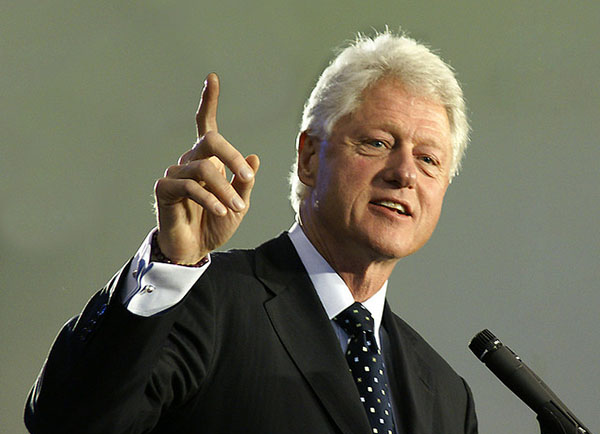
Emphasis Placed on Non-Government Options
Image Source: Tim Hamilton on Flickr
In light of the stagnation and lack of federal programs from previous administrations, the Clinton administration placed greater pressure on nonprofits to fill gaps in service provision. In 1996, the controversial welfare reform bill known as Temporary Assistance for Needy Families was passed. It placed time limits and conditions on cash assistance from the federal government. During this decade, schools of social work received increased funding for research and evaluation activities in areas such as domestic violence, child welfare, mental health, and aging.

Social Work in the 21st Century
Image Source: Thinkstock
By the early 2000s, social workers made up the largest percentage of professionals working in the mental health and family services fields. These professionals were ready with treatment options for those affected by events such as the 9/11 terrorist attacks, Hurricane Katrina in 2005, and the recession that began in 2008. The Mental Health Parity and Addiction Equity Act was passed in 2008 to require insurance coverage for mental health services at the same level of coverage for physical health issues, making mental health and substance abuse services more affordable for many people. New technology like social media allows social workers to begin addressing global issues more effectively.


